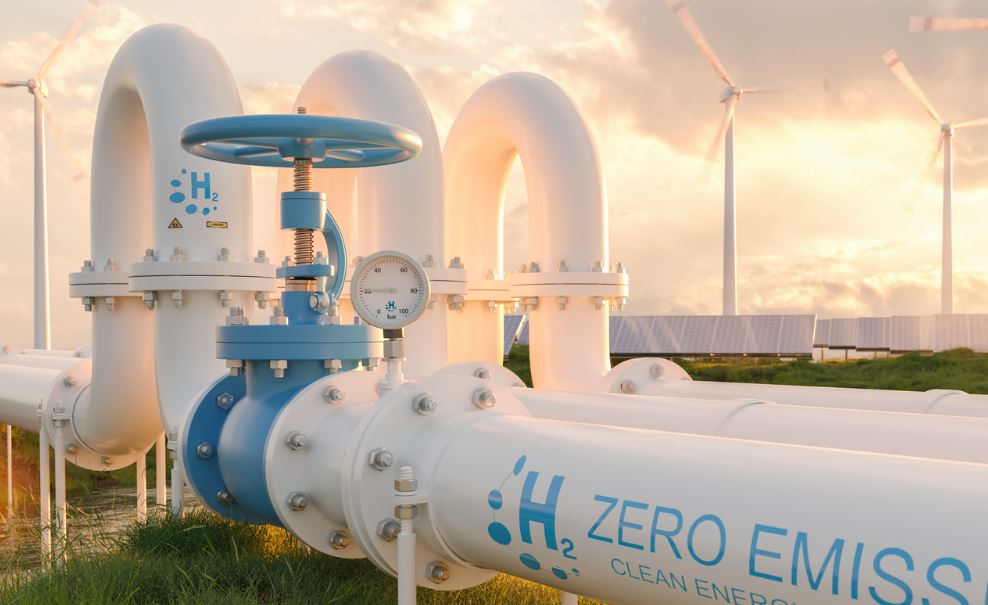Energiepark Bad Lauchstädt has commenced the operation of a hydrogen transport pipeline that aims to demonstrate a fully integrated “green” supply chain from wind energy to industrial consumption. This ambitious project, set in motion by Ontras Gas Transport, aims to transform renewable electricity from a local wind farm into hydrogen, to then be utilized in various industrial applications.
At the heart of this initiative is a 30-megawatt electrolyzer developed by Sunfire Dresden. This critical component uses renewable energy from eight wind turbines to split water into hydrogen and oxygen. The generated hydrogen is temporarily stored in a repurposed salt cavern, a strategic move that ensures stable supply despite the intermittent nature of wind power. The final product is then transported via a modified 25-kilometer pipeline, reaching chemical companies such as the Total refinery in Leuna.
This endeavor represents a crucial segment of Germany’s broader energy transition framework, as it tests a comprehensive, local integration of green technologies. The initiative is recognized for its innovative approach, as claimed by the Saxon Ministry of Economic Affairs. Notably, this pilot project has garnered substantial financial backing, with an investment totalizing 210 million euros, of which 34 million euros is granted by the Federal Ministry of Economic Affairs for this “real-world laboratory” of the energy transition.
The significance of this project lies not only in its technological integration but also in its potential to decarbonize the regional industrial landscape. Hydrogen often hailed for its versatility, is indispensable to the chemical industry and a pivotal component of future energy systems. However, current supply limitations pose a considerable challenge. The deployment of this pipeline seeks to demonstrate that renewable-derived hydrogen can indeed meet industrial-scale demand, potentially reshaping the logistical and economic aspects of hydrogen supply.
Such endeavors are paramount as Germany endeavors to lead the way in green energy solutions while fostering industrial competitiveness. However, the path forward is not without hurdles. Infrastructure adaptation, regulatory support, and economic viability remain critical points of contention that will determine the scalability of this model. As the project progresses, the energy sector will watch closely to observe outcomes that could influence policy and direct future investments.
